How to Move Windows 10 to SSD without Reinstalling?
6 min. read
Updated on
Read our disclosure page to find out how can you help MSPoweruser sustain the editorial team Read more

You are preparing to upgrade your PC with a new SSD. So, your plan is to install the new SSD first and then reinstall Windows 10 on it? Wait, you don’t actually have to take the time to reinstall Windows. This article will show you how to easily move Windows 10 to an SSD without reinstalling the OS. This will save you valuable time and keep all your data intact.
What do You need?
All you need is the Acronis Cyber Protect Home Office tool. Acronis True Image comes with a powerful yet easy-to-use disk cloning tool for Windows that helps you copy or clone your hard drive, Windows systems, and data partitions. It allows you to copy your Windows 10 installation directly from your computer’s original hard drive to the SSD. This is one of the best solutions for moving Windows 10 to an SSD without reinstalling the OS. The tool has the following features.
- Copy only Windows OS from one hard drive to another, and remain the copy of Windows bootable on the target drive.
- Clone an entire hard drive to another, and remain the copy of Windows and all other data working properly on the target drive.
- Back up Windows or a partition as a single, compressed file and let you restore it when needed.
- Work for all versions of Windows 11/10/8/7 and all brands of HDDs and SSDs.
Step 1: Install or connect the SSD to your PC
Before starting to transfer Windows 10 directly between your old hard drive and SSD, you must first ensure that the SSD is installed or connected to your computer.
- If you want to add a new SSD to your computer while keeping the old hard drive, you will now need to install the SSD properly in the SSD bay on your computer’s motherboard.
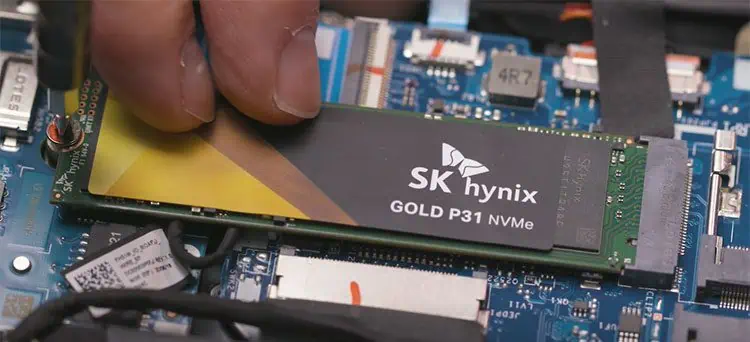
- If you are planning to remove your computer’s old hard drive and replace it with the new SSD, don’t do that just yet; instead, you need first to connect the SSD to your computer using a USB adapter.

After that, log in to Windows 10 and then open the Disk Management app. A dialog will automatically pop up saying that you must initialize the disk, click OK, and the new SSD will be initialized immediately.
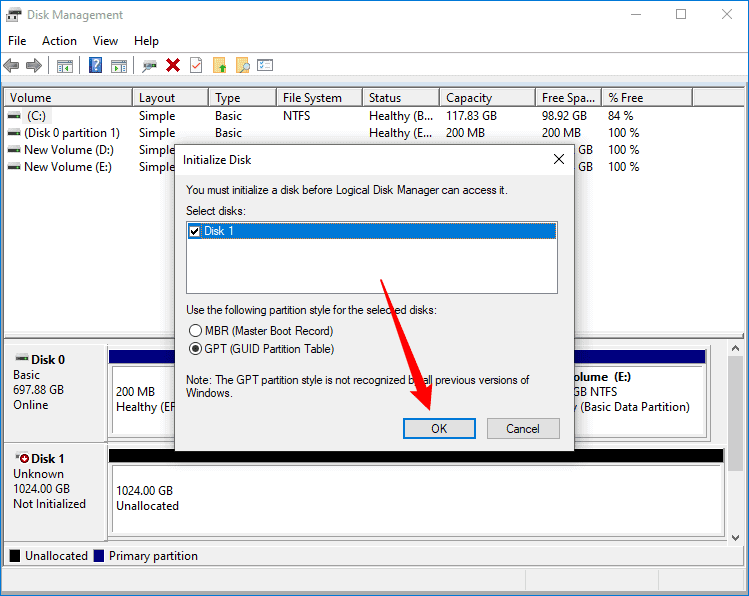
Right-click on the new SSD and select New Simple Volume to assign a new drive letter to it.
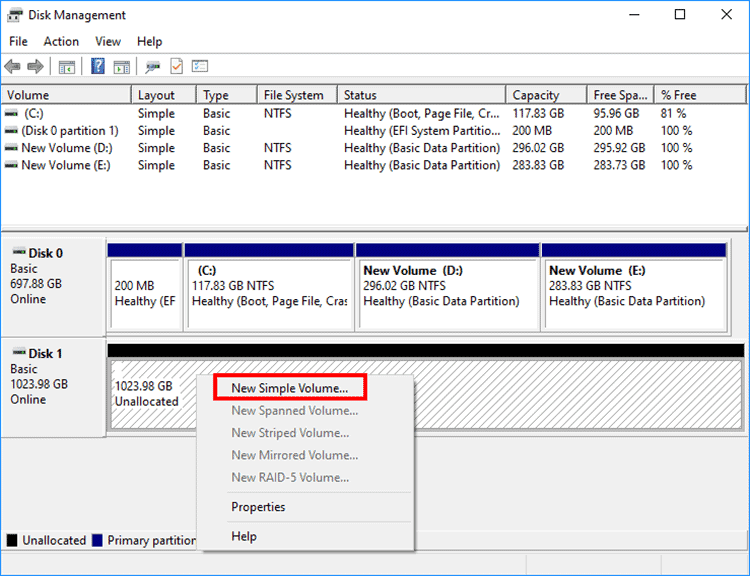
Step 2: Install Acronis Cyber Protect Home Office on Windows 10
Now that your SSD is ready, download and install the Acronis Cyber Protect Home Office tool from its official site. This application is around 820 MB in size and provides an all-in-one solution for Windows PCs. With this tool, you get access to features like security, backup, recovery, sync, and many more.
After you download and install Acronis successfully on your PC, double-click on its icon to launch this tool. You may straight go for a subscription to this tool or get on a trial version of it. The trial version is for a total of 30 days and you require signing up for this using your email id.

Step 3: Move Windows 10 to SSD without reinstalling
Now that you have installed Acronis on your computer, follow these steps to move Windows 10 to an SSD disk using Acronis Cyber Protect Home Office –
Step 1: Connect the SSD to your computer via a USB Flash Drive. After your device detects the SSD drive, launch the Acronis tool.
Step 2: Go to the Tools tab on the left pane, and click Clone disk. This utility is by default locked and you have to purchase it for $49.99 for transferring data from one disk to another. This is a one-year subscription and with it, you don’t get any Cloud storage.
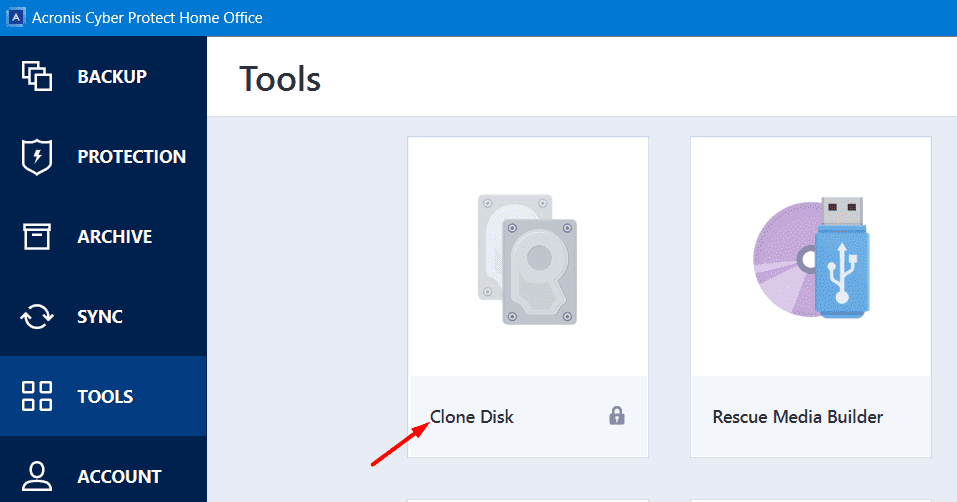
Step 3: After you purchase this tool, you will see two different options and they are as follows –
- Automatic: With this, partitions will be proportionally resized to fit your target drive.
- Manual: You have to manually change the disk partition as per your requirement.
Step 4: Select the drive that you want to clone on the subsequent screen, and hit Next. When presented with options to choose the source disk, do the same.
Step 5: Select the recently connected SSD disk as your destination drive and hit Next again. You will see a prompt stating that all your data on the destination disk will be deleted. Well, click OK to confirm the file deletion and then format the SSD drive.
Step 6: Click Proceed to have your own Acronis clone drive.
That’s it, wait for this process to complete. After this is over, you will find all your data from the HDD is transferred to the SSD drive. You may then connect SSD as your main drive and remove the HDD if you desire so.
Step 4: Boot your computer from the SSD.
After you’ve finished copying your Windows 10 to the SSD, now is the time to use the SSD as your computer’s primary hard drive and boot Windows 10 on it.
If you are looking to remove your computer’s original hard drive and replace it with the SSD, now is the time to install the SSD inside your computer. Then, when you turn on your computer, it will automatically boot from the SSD without any additional setup.
If you are in a situation where you have added an SSD to your computer while keeping the original hard drive, you will now need to change the boot settings to make your computer boot from the SSD. Follow the steps below.
- Shut down your computer and then turn it on again. Once it starts, immediately press and hold the Start menu button (usually F12 or Esc) until the Start menu appears.
- On the Start menu, choose the SSD as the boot device, and your computer will boot from the SSD.
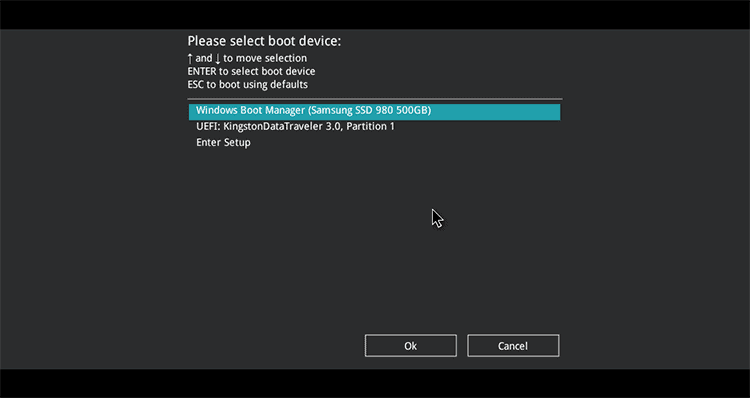
In either case, after your computer has finished booting from the SSD, the copy of Windows 10 will run perfectly on the SSD without any problems, just as it did on the computer’s old hard drive. All your files, applications, and system settings are intact.
? Learn more on how to clone HDD to SSD.
Conclusion:
An SSD is one of the best upgrades you can make to your desktop or laptop computer. However, you may face a system migration problem during this upgrade process. Reinstalling Windows 10 on the new SSD is a feasible solution, but it takes more time, and you’ll need to set up your Windows and apps from scratch. Fortunately, you can avoid such trouble by disk cloning if you want to. Acronis Cyber Protect Home Office is a good option to copy or move Windows 10 to an SSD without reinstalling the OS.








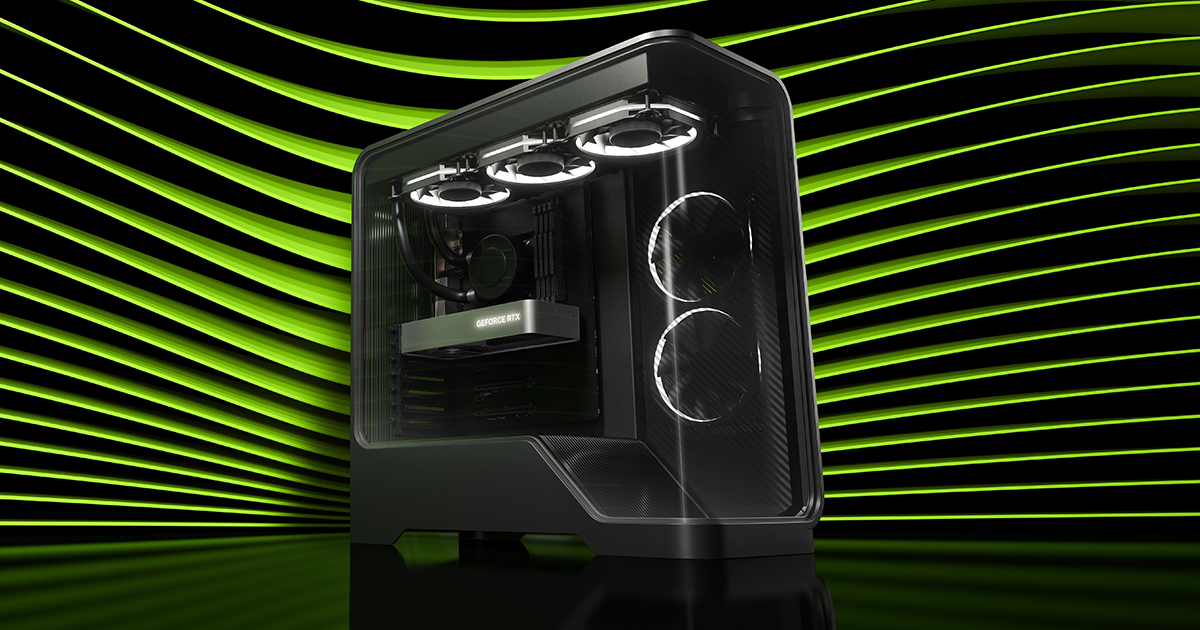
User forum
0 messages